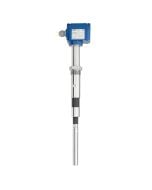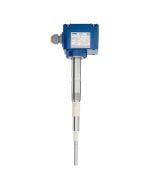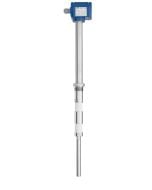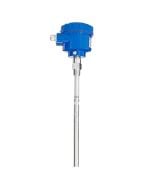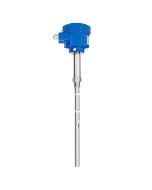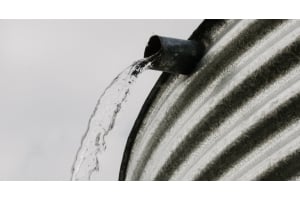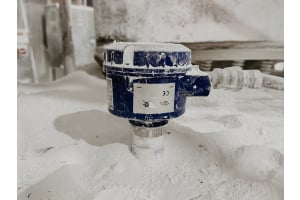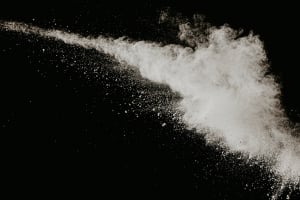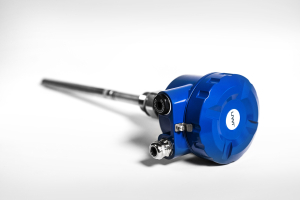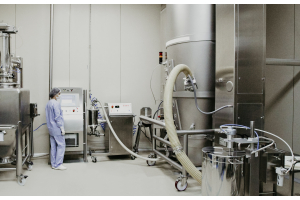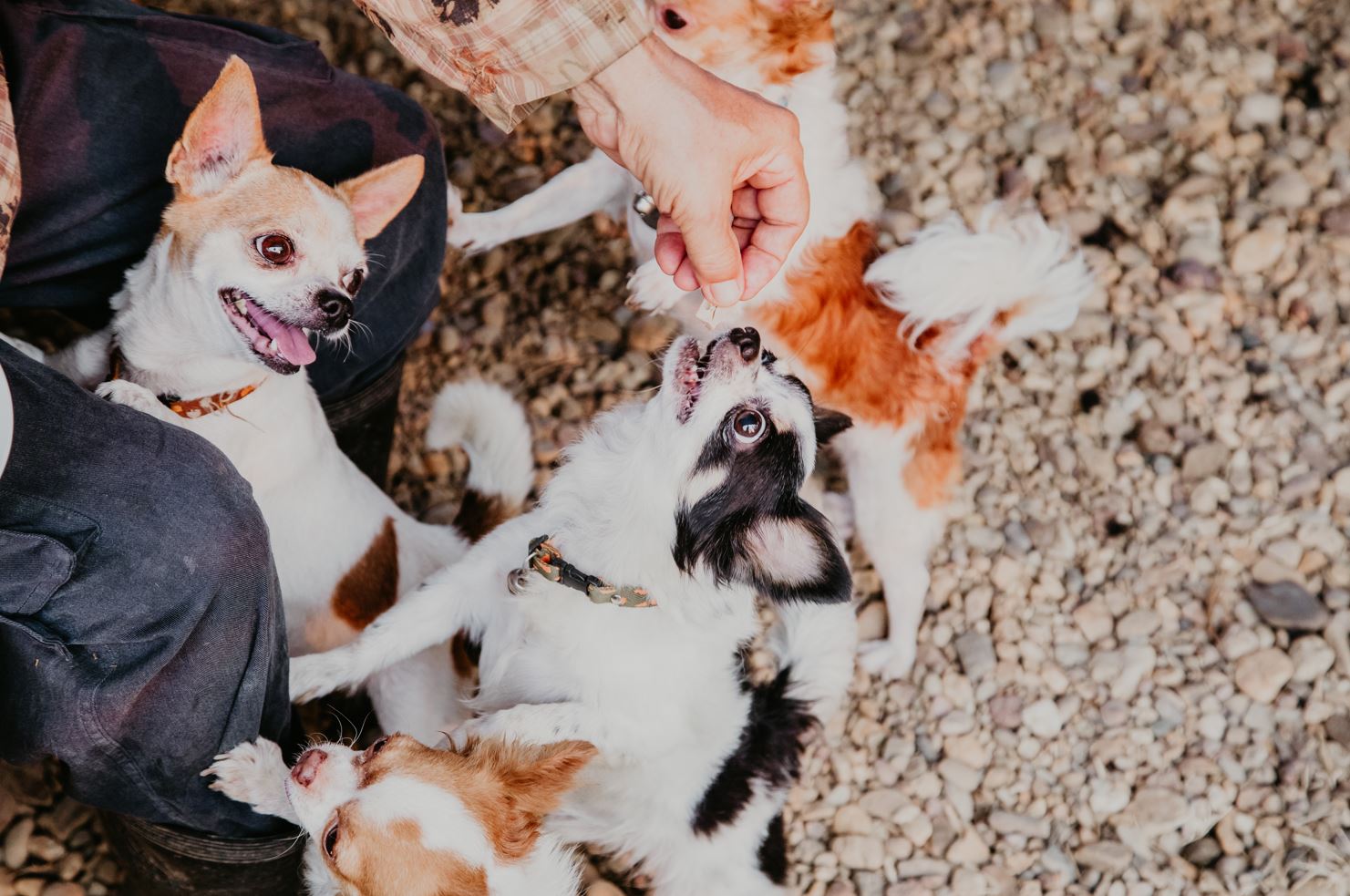
Capacitive UWT measurement technology for pressure feed tanks in the animal feed industry
In the course of modernizing its plant equipment, an animal feed manufacturer in Ireland was looking for reliable level detectors including overfill protection and idling protection. Within different pressure conveying vessels for kelp meal, the high dust intensity in particular had to be taken into account when installing the sensors. With the project planning of a capacitive level switch from UWT with the innovative RF technology, a compatible solution that is robust and provides reliable results was found. It is also advantageous for this application if the sensors have small connection threads and implement pinpoint switching with a fast response capability.


Capacitive RF probes for pressure conveying vessels
Together with UWT partner Wolf Process Automation Limited, several test measurements were carried out in the plant of the feed manufacturer in Ireland. Especially for the full signal within the pressure conveying processes, the sensor had to be able to detect the medium quickly. In the tanks there is a process pressure of up to 10 bar and temperatures up to 80 °C. The capacitive level switch with "Active Shield" technology from UWT GmbH was designed for this application. This in the capacitive measuring principle of the RF sensor.
For capacitive level limit measurement in pressure feed vessels with seaweed meal, the RFnivo® sensor with its dust-tight design and active shield compensation ensures reliable overfill protection as well as pinpoint idle protection.
Excursus: kelp meal in animal feeds
Since 1994, the feeding of meat-and-bone meal to pets and livestock has been banned throughout the EU because it is a potential carrier of the BSE pathogen. Therefore, kelp meal is now used as an alternative. Seaweed meal is added to the feed of pets, such as dogs, or farm animals, such as cattle, as a dietary supplement. It is rich in various nutrients, vitamins, fiber, proteins, omega-3 fatty acids and minerals such as iodine, potassium or sodium. All these nutrients have positive effects in terms of tartar formation, furthermore on the skin barrier of the animals, the shine of the coat and on the metabolism. In addition to the external addition of kelp meal, for example in the PreyModelRaw principle or BARF, which are often used for dogs, the kelp meal is now often already included in the dry food of the animals.








